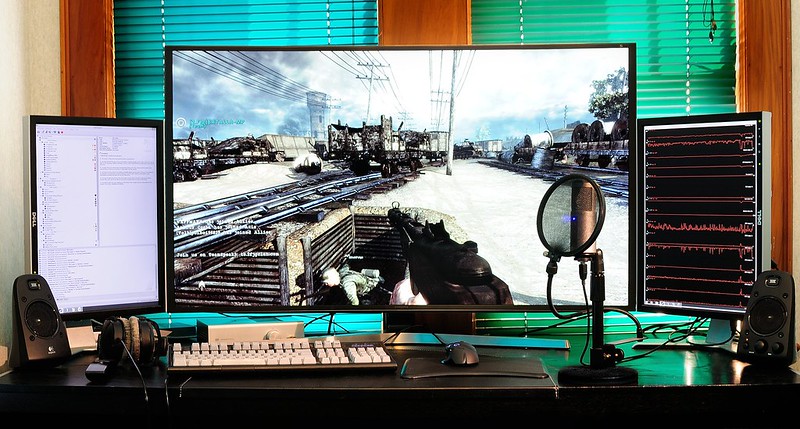- Joined
- Aug 20, 2006
- Messages
- 13,000
WCCF Tech has provided the presumed specifications on what should be AMDs fastest graphics card yet.
The R9 Fury X2 will be the fourth and last Fiji based graphics card from AMD this year. The card will feature two full fledged Fiji XT GPUs with 4GB of stacked High Bandwidth Memory each, for a total of 8GB of memory and a combined memory bandwidth of one Terabyte per second.
The R9 Fury X2 will be the fourth and last Fiji based graphics card from AMD this year. The card will feature two full fledged Fiji XT GPUs with 4GB of stacked High Bandwidth Memory each, for a total of 8GB of memory and a combined memory bandwidth of one Terabyte per second.
![[H]ard|Forum](/styles/hardforum/xenforo/logo_dark.png)
